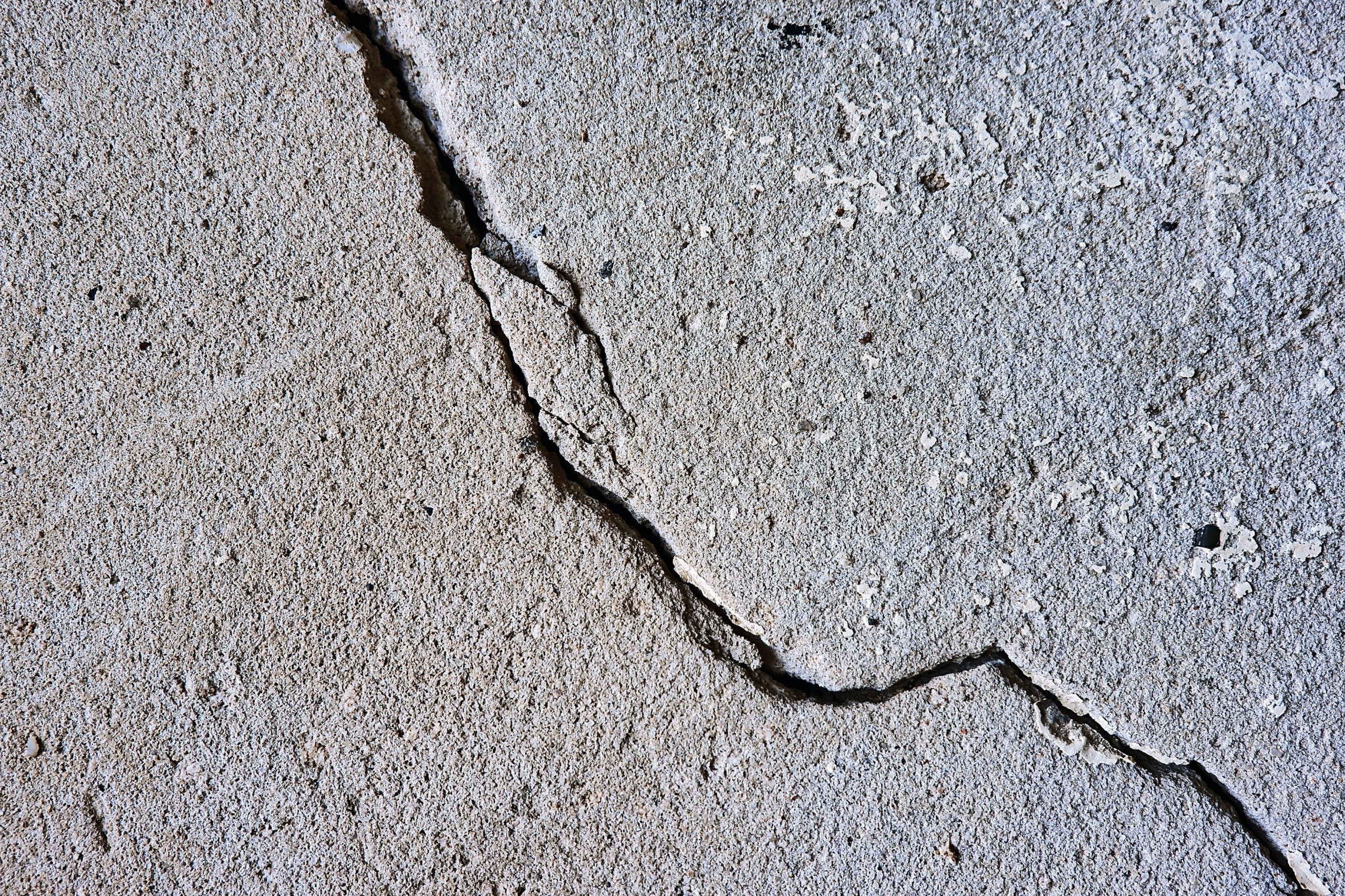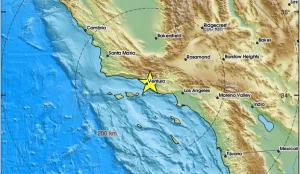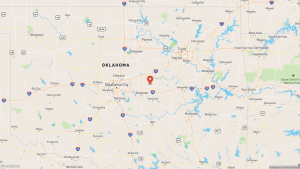A “swarm” of earthquakes struck off the Oregon coast on Tuesday, December 7, National Weather Service said. As per the record, there were more than 40 earthquakes ranging from 3.8 to 5.8 in magnitude. Fortunately, since only a little land was displaced, the US National Tsunami Warning Center has notified that none of the quakes triggered a tsunami alert. The quakes were far enough to remain undetected on land, but given the seismic history of the area, the incident created concern amongst a number of people.
Also read: 7.5-magnitude earthquake strikes northern Peru
Harold Tobin, Director of the Pacific Northwest Seismic Network at the University of Washington told CNN, “If you had asked me yesterday where on Earth would be most likely to produce a bunch of magnitude 5.0+ quakes in a single day, this would have been high on my list.”
The series of earthquakes began on Tuesday afternoon, about 200 to 250 miles off the coast of Newport, Ore. At 1.30 pm and 2pm, two earthquakes of magnitude 5.3 and 5.5 occurred respectively. Two other major earthquakes of magnitude 5.0 and 5.8 hit several hours later. At around 5.30 pm, a 5.8 magnitude quake occurred followed by multiple aftershocks that continued until Tuesday evening. The same information was reported by Local media reporters.
Pacific Northwest Seismic Network (PNSN) reported that the “swarm” of earthquakes occurred in the Blanco Fracture Zone. The area is infamous for being the most active earthquake area near North America. According to the group, the area has witnessed 49 earthquakes above 4.5 magnitude in the last five years.
Also read: Watch: Mysterious light flashes in night sky as earthquake hits Mexico
Being located in the middle of the Cascadia Subduction Zone, Oregon is closely situated to the fault lines. It has a potential of 9.0 plus magnitude resulting in 100 feet high tsunami.
However, experts and local authorities are not particularly concerned about Oregon’s risk for serious earthquakes. Harold Tobin, director of PNSN at the University of Washington, told CNN, “Blanco Fracture zone quakes are strike-slip (lateral motions of the crustal blocks on either side, rather than up-down displacement), so it is very unlikely for them to pose a tsunami threat, even if a bigger quake happened, like a magnitude 7.0 for example.”







